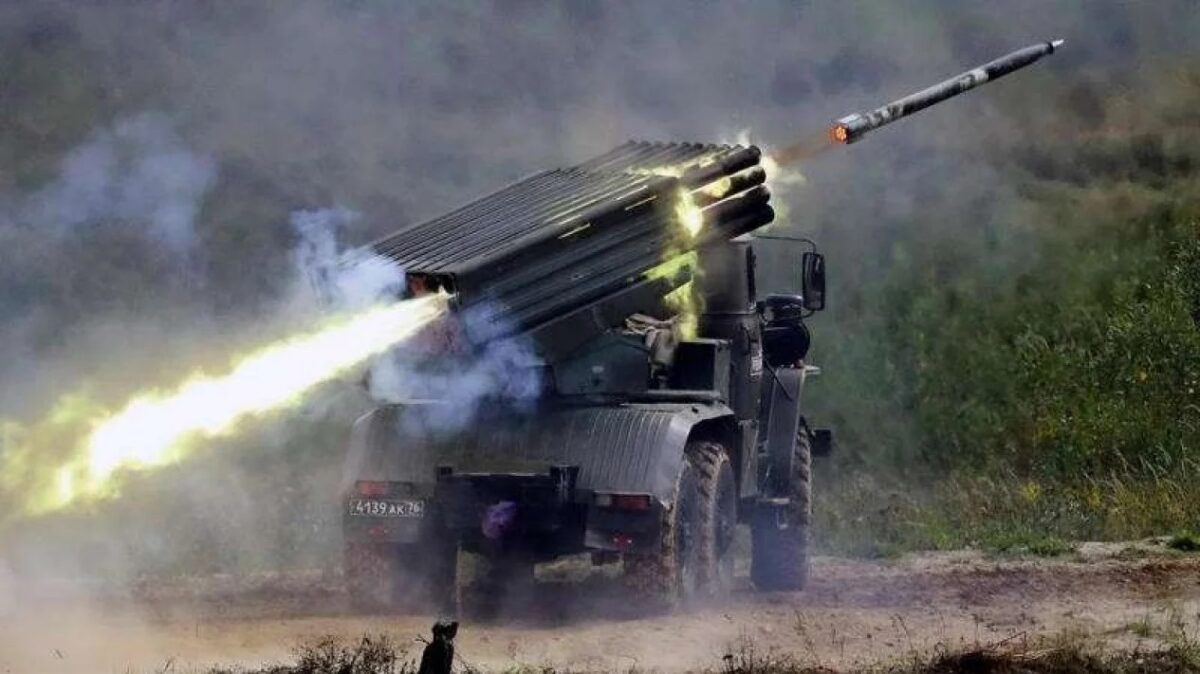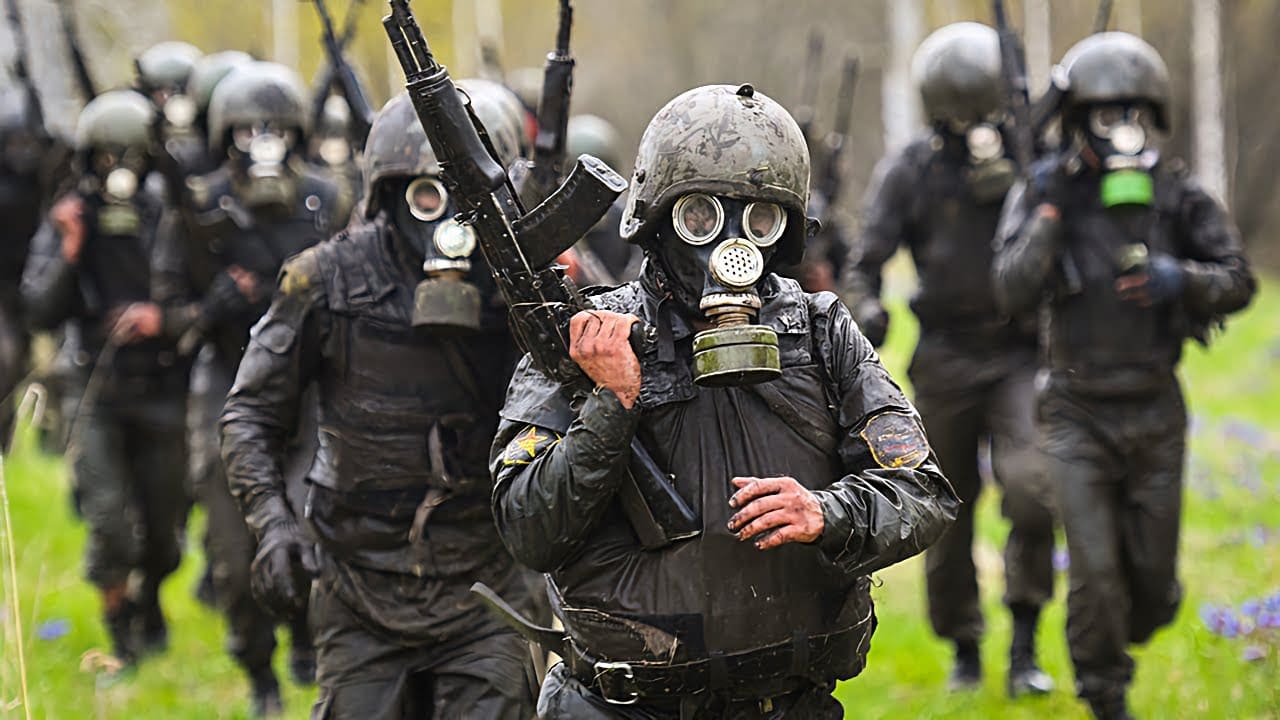Russia’s death toll is rapidly rising as Ukraine continues its counteroffensive in Kherson, and Ukrainian military officials this week offered an insight into just how many Russian soldiers have died throughout the conflict.
The General Staff of the Armed Forces of Ukraine offered a full breakdown of Russia’s estimated losses in a Facebook graphic, revealing 50,610 “liquidated personnel” and 2,097 destroyed tanks.
Additionally, the update said that 4,520 armored personnel vehicles have been destroyed, along with 156 anti-aircraft systems and more than 200 aircraft and helicopters.
The update promised that the data would be continuously updated and noted that the Russians are suffering the most losses in the Donetsk direction.
The data reveals that while the Kherson offensive is already proving effective for Ukraine, with several major victories announced in just the last few days, Ukraine’s efforts to push back the Russians in Donetsk also continues to be effective. Russian forces are not only struggling with a lack of personnel and equipment, but the Kremlin is struggling to replenish its losses on the battlefield. It means the losses are compounding into a situation so dire for Russia that the Kremlin has resorted to switching off Europe’s gas supply in the hopes of easing some of the sanctions levied against its economy.
900 ‘Elite’ Soldiers Lost in Ukraine
According to a report by the BBC’s Russian service last Thursday, the Russian military has also lost a significant number of its most elite personnel.
The report used public data to estimate that more than 900 elite soldiers have been lost in the war so far, largely as a result of the Russian military not being prepared for assault operations. As a result, the report claims, the tasks normally assigned to the infantry were assigned to special forces, marines, and paratroopers.
It meant that Russia’s top soldiers were put in harm’s way and ultimately fell victim to a Ukrainian defense that proved more effective than Russia anticipated.
“It was these units, traditionally considered the elite of the Russian army, that suffered significant losses during the six months of the invasion of Ukraine. Dozens of military pilots were also killed. According to experts, it will be problematic for Russia to make up for the loss of all these specialists,” the report explains.

Artillery Attack in Ukraine. Image Credit: Creative Commons.
While the exact number of elite soldiers lost in Ukraine is classified, the publicly available data shows that at least 337 marines have been killed since the beginning of the war, along with 245 members of the National Guard’s special forces, 151 soldiers from Russia’s military intelligence, and 144 members of Russia’s elite paratrooper units. The combined losses are serious for Russia, not just because it leaves the military immediately weaker, but because the time and cost of training these elite soldiers make it difficult for Russia to quickly replace them.
According to the BBC, it can take as long as 17 years and cost as much as $14 million to train an elite military pilot – and Russia has reportedly lost at least 67 of those, too.
Jack Buckby is a British author, counter-extremism researcher, and journalist based in New York. Reporting on the U.K., Europe, and the U.S., he works to analyze and understand left-wing and right-wing radicalization, and reports on Western governments’ approaches to the pressing issues of today. His books and research papers explore these themes and propose pragmatic solutions to our increasingly polarized society.

